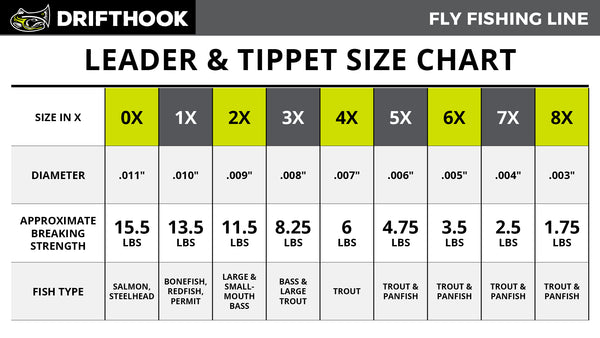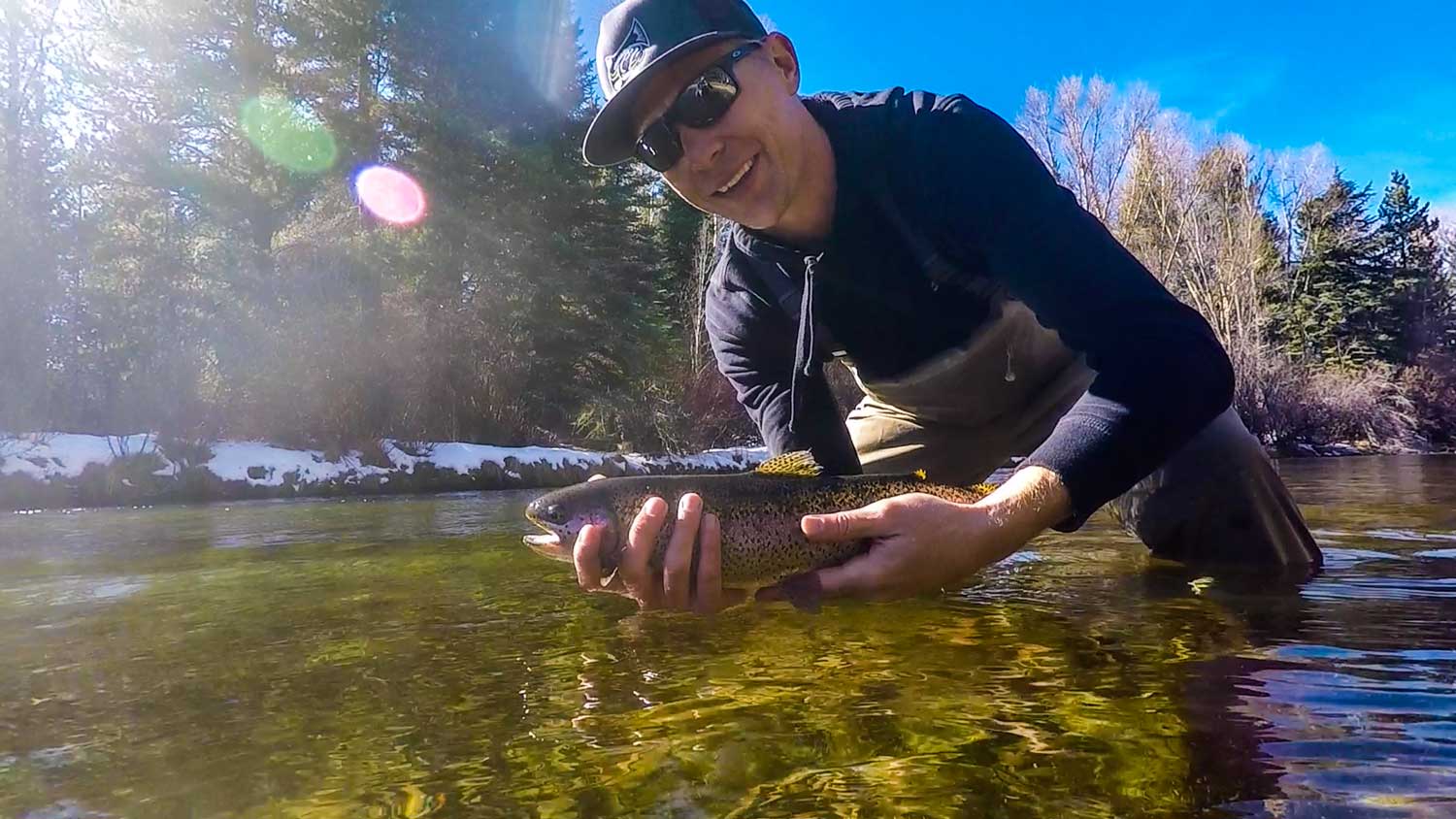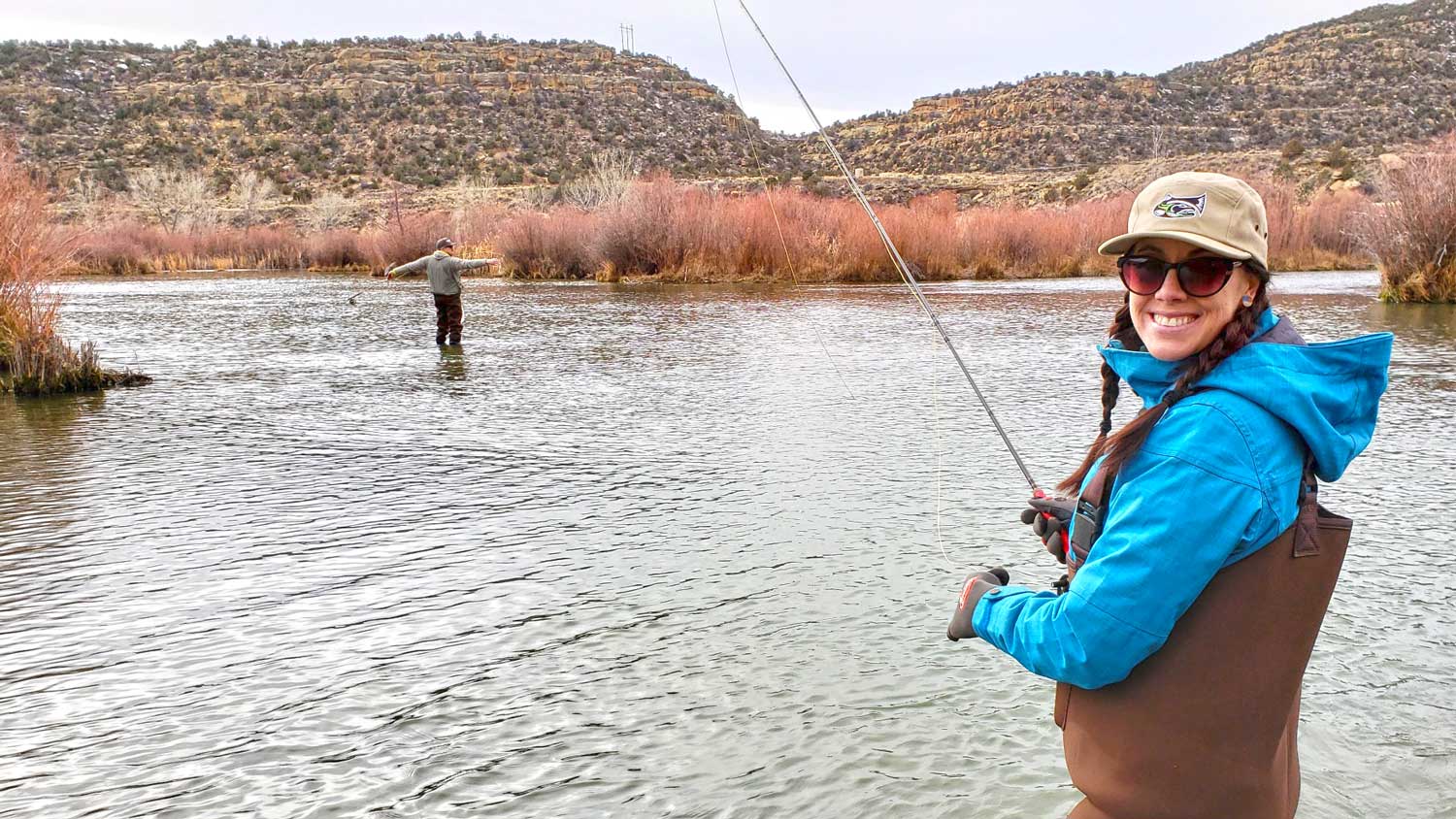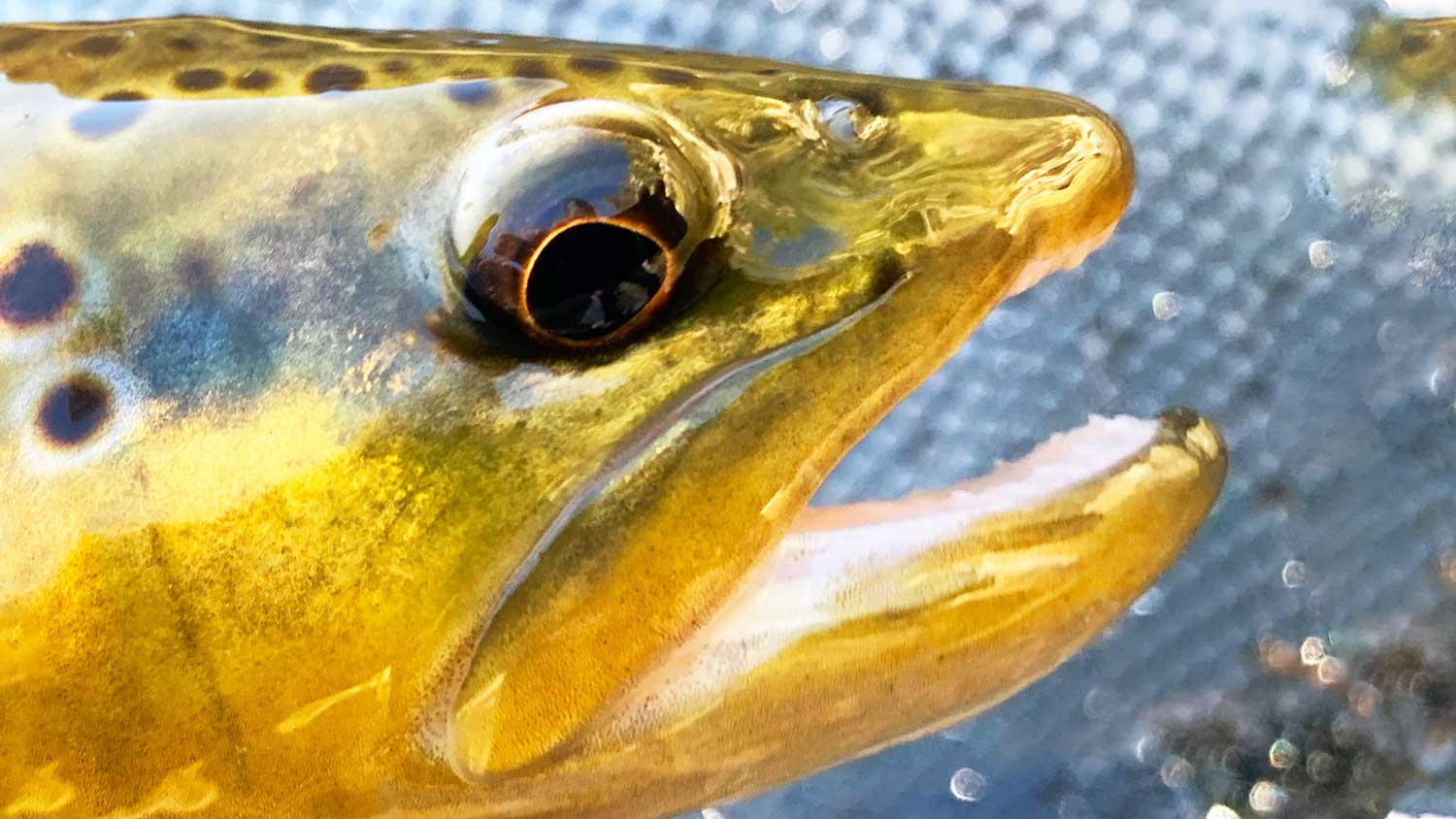Fly fishing gets its name from the angling method of targeting fish on a fly. Did you know that anglers only explored the role of artificial flies in 1836?
Fly fishing is the process of using an artificial lure – fly – to target and catch fish. The term refers to the use of a light-weight fly for the catch. Fly fishing developed over millennia, this popular sport requires casting technique, but also an in-depth understanding of natural flies in fish habitats.
Enthusiastic anglers have been able to find books sharing instructions and tips on how to fly fish, fly fishing rod, line, hook, and how to make fly fishing flies since the 15th century. Described in 1653 by English writer Izaak Walton as "the contemplative man's recreation," it seems that the process of using artificial flies to catch fish has been part of human history for around 2,000 years. One question that modern-day hobbyists need to be answered, though, is when did the fly appear in fly fishing?

When Exactly Did We Start Fly Fishing?
When it comes to understanding why fly fishing is called fly fishing, it's essential to start with the beginning. Fly fishing has been a huge part of human history since almost the beginning of time. Historical records of anglers using lures to attract and catch fish are intertwined with the history of civilizations and of their growing needs for both food and entertainment.
Historical Evidence of Fly Fishing Flies
It is hard to tell precisely when fly fishing started. Enthusiastic anglers differ about the first historical evidence of artificial flies. The Roman poet Martial – Marcus Valerius Martialis – first mentions artificial flies in poems published between AD 86 and 103.
However, most fly fishing experts attribute the first recorded observation of the angling activity to Roman author Claudius Aelianus, who describes Macedonian anglers during the 2nd century BC. Aelianus paints a vivid angling scene, observing the use of an artificially made lure that is attached to a line and cast in the air before hitting the water.
"...they have planned a snare for the fish, and get the better of them by their fisherman's craft. . . . They fasten red wool. . . round a hook, and fit on to the wool two feathers which grow under a cock's wattles, and which in color are like wax. Their rod is six feet long, and their line is the same length. Then they throw their snare, and the fish, attracted and maddened by the color, comes straight at it, thinking from the pretty sight to gain a dainty mouthful; when, however, it opens its jaws, it is caught by the hook, and enjoys a bitter repast, a captive." Claudius Aelianus
If you want to find out more about the evolution of fly fishing and its beginning, you can find more information in our recent blog article on the History of Fly Fishing. The snare in Aelianus's story is the artificial fly of today, using building methods that appear to be similar to modern flies.

Where Does The Idea of Artificial Flies Come From?
There is no recorded evidence of who invented the first fly. We can only quote Da Vinci on this:
"Nature is the source of all true knowledge. She has her own logic, her own laws, she has no effect without cause nor invention without necessity."
Anglers have learned from nature and discovered through observation how trout and other fish eat insects and flies. They would likely have deduced where to place their line to catch fish from this knowledge. Additionally, the observation of creatures that lure their prays through their appearance for food or safety would have also brought a new dimension to fly fishing. Ultimately, necessity creates ingenuity. At a time when anglers were concerned about catching fish for food, it seems logical to think they would have developed artificial flies by imitating a phenomenon that already exists in nature.

How Come Fly Fishing Hasn't Changed?
People have been fly fishing for thousands of years. It is evident from the descriptions provided by Roman author Aelianus that fly fishing has remained the same in many ways. Has fly fishing not changed?
The Method Works
Using artificial lures has not become one of the most popular methods to catch trout and other fish by chance. Hobbyist anglers continue to use and love fly fishing because simply put, it works. In other words, there's no reason to get rid of an effective technique.
The most surprising thing about fly fishing is how ancient some of the techniques and tools in use are. Did you know, for instance, that in 1655 Charles Kirby designed the Kirby bend hook, a distinctive hook that many anglers still use to this day?

In essence, the core of what makes fly fishing appealing – aka the process of using a light-weight lure and hooking the fish to the retrieving line – has not changed dramatically.
The Fly Fishing Gear Has Evolved
However, anglers and enthusiasts are continually trying to improve their favorite hobby. As a result, the Macedonian anglers described by Aelianus would be most impressed by our modern-day fly fishing gear. Rods now use running rings for greater control, making it easier to cast and retrieve. They've also become significantly shorter in the process.
The Industrial Revolution has been detrimental in commercializing fly fishing kits and tackling common issues, such as braided lines and fragile reels. The addition of a tapered leader and tippet are some of the most recent fishing transformations.
Modern kits use sturdier and artificial materials for longevity. Flies too are more vibrant than ever – and they also last a lot longer.

Standardized Artificial Flies in the 19th Century
Until Alfred Ronalds's entomology in 1836, The Fly-fisher's Entomology, anglers didn't consider them artificial flies. Ronalds dedicates an entire chapter to the observation of insects for trout fly fishing. He created a thorough list of bugs and insects, their sizes, locations, and seasons throughout the year. Complete with drawings, Ronalds designed the first entomology of the artificial fly helping fly fishing enthusiasts to understand how to build and use flies that imitate real insects.
According to angler Ernest Schwiebert, Ronalds put the fly back into fly fishing:
"Ronalds is one of the major milestones in the entire literature of fly-fishing, and with his Entomology, the scientific method has reached angling in full flower. Ronalds was completely original in its content and research, setting the yardstick for all subsequent discussion and illustration of aquatic fly hatches." 
When Did it Become a Sport?
Fly fishing is now a popular hobby, rather than an angling method to catch food. It's impossible to pinpoint when it became a sport, but records mark a change around the 16th-17th centuries.
Japanese Culture and Fly Fishing
One of the oldest records of fly fishing as a hobby comes from the zen country, Japan, where 430 years ago Ayu fishing – trout fishing with a fly – was a popular focus and agility exercise for warriors in times of peace. The flies were made with needles that were bent in shape and dressed as a lure.
Izaak Walton Popularized Fly Fishing as a Hobby in 1653
In his book, The Compleat Angler, Walton describes fly fishing as a recreational hobby. It's fair to assume that Walton is expressing a contemporary feeling about fly fishing.
Colonials brought fly fishing to the U.S.
For the first US colonies, trout fly fishing in America was both about catching food and sport, depending on their position in society. The First President, George Washington, was an avid angler who enjoyed fly fishing as a sport. You can even see his fly fishing kit replicate at the George Washington's Fisheries by Mount Vernon.
Fly Fishing Is All About Flies
Here is a brief collection of recommendations from the past that put the fly into fly fishing.
Imitate local bugs and insects
Ronalds was adamant about replicating existing bugs and flies, which is why hobbyists need to travel with multiple flies to their location of choice. Alternatively, you can experiment with making your own flies to encourage a prize capture.
Casting a Fly and Breaking Strain
You need to consider your line breaking tension for best results when fly fishing:
"The trout gives the most gentlemanly and readiest sport of all, if you fish with an artificial fly, a line twice your rod's length of three hairs' thickness... and if you have learnt the cast of the fly." The Secret of Angling, 1613, John Denny, a friend of Shakespeare
Indeed, nowadays, breaking strains and diameters of the monofilament fishing line is dependant on the size of your fly and target fish. 
Use a Backcast for Obstacles
Ernest Hemmingway, in his semi-autobiographical stories about Nick Adams, shares his favorite casting method to avoid obstacles:
"Holding the rod far out toward the uprooted tree and sloshing backward in the current, Nick worked the trout, plunging, the rod bending alive, out of the danger of the weeds into the open river."
For further casting tips, you can refer to our casting tutorials here. A backcast works well with a dry fly.
Hopefully, this article helps you to understand the role of artificial flies and why fly fishing is called fly fishing.
------------------------------------------
About the Author
Matthew Bernhardt, a third-generation Coloradan, grew up at the forefront of the state’s fly-fishing revolution, enjoying time on the water, side by side with experienced guides and lifelong anglers.
By combining his passion for fly-fishing with input from other experienced fly-fishers and guides and his fine arts degree from Colorado State University, Matthew spent five years carefully developing the Drifthook Fly Fishing System, built to help every angler catch more trout.
When he’s not spending time with his wonderful family, you’ll find him out on the water catching MONSTER trout, and he anxiously looks forward to the day when his kids are old enough to join him there.





